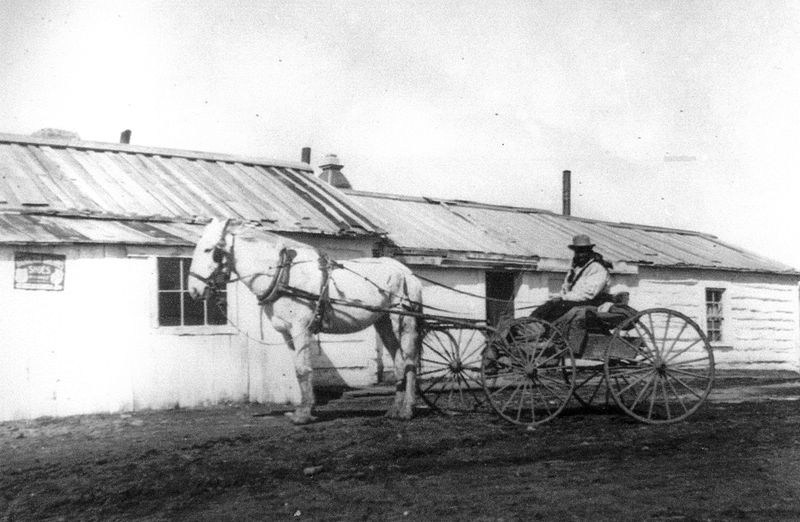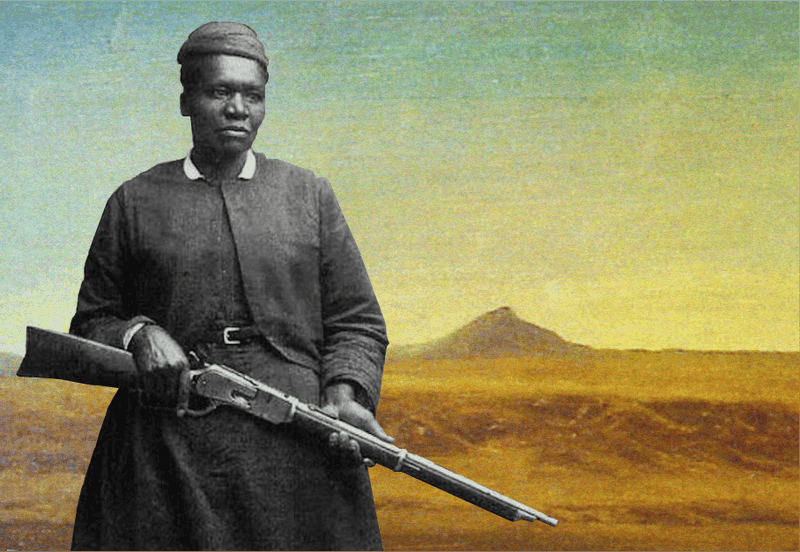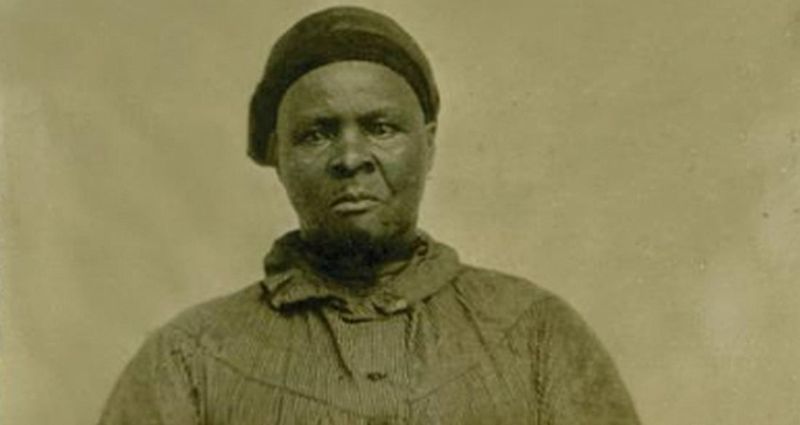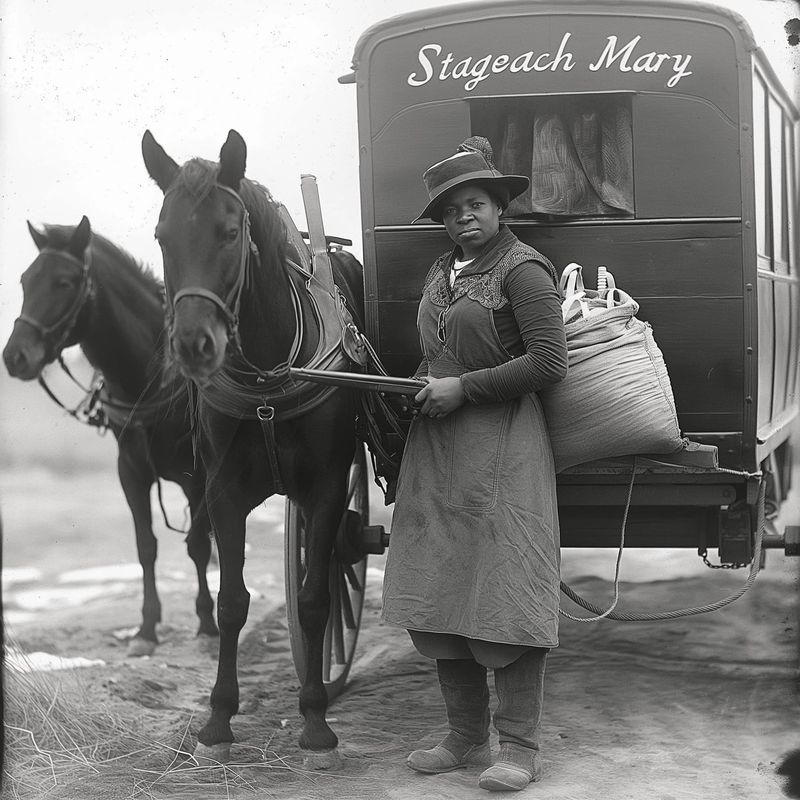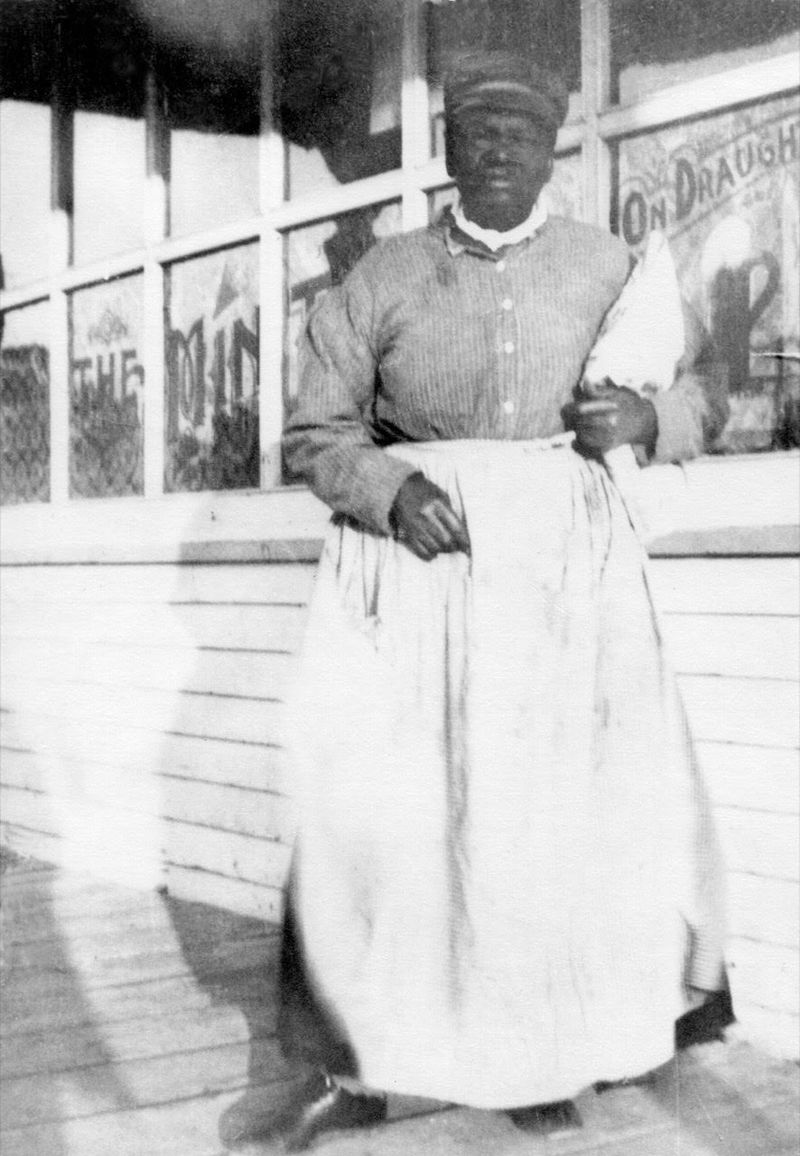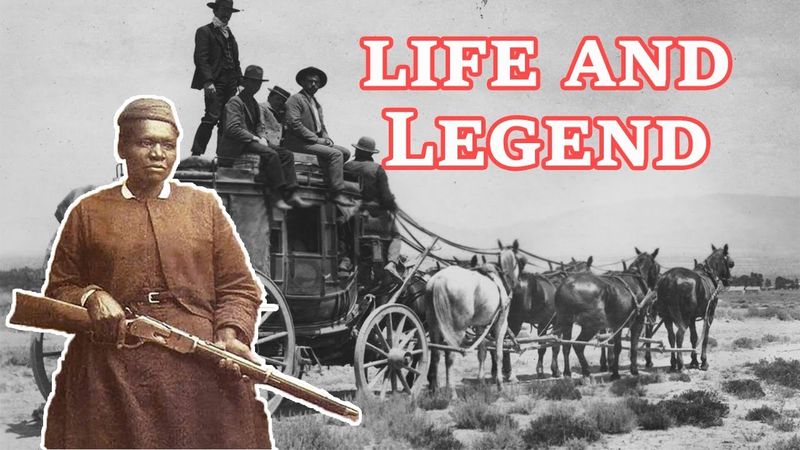Meet Mary Fields, one of the most remarkable figures from America’s Wild West. Born into slavery, this towering woman went on to become a legend in Montana with her guns, grit, and unshakable courage.
Standing over six feet tall and known for her fierce independence, Mary broke barriers as a Black woman in the dangerous frontier, earning respect from outlaws and townsfolk alike.
1. Born Into Slavery—She Broke Every Chain
Mary Fields entered this world around 1832 in Tennessee, born into the brutal institution of slavery. When emancipation finally came after the Civil War, Mary didn’t just accept freedom—she seized it with both hands.
In an era when Black women faced nearly insurmountable obstacles, Mary charted her own course. She refused to be defined by society’s narrow expectations. Instead of settling for domestic work, she pushed boundaries, taking on roles typically reserved for white men.
Her journey from enslaved person to frontier legend represents one of America’s most extraordinary stories of personal liberation.
2. Raw Physical Power That Made Men Back Down
Towering above most men at over 6 feet tall and weighing around 200 pounds, Mary Fields was an imposing figure on the frontier. Her physical strength wasn’t just impressive—it was legendary. Local stories tell of her lifting barrels that grown men struggled with and working from sunrise to sunset without showing fatigue.
One famous tale recounts how she knocked a man unconscious with a single punch after he insulted her. Word spread quickly, and few dared to cross her after that.
Mary could outdrink, outshoot, and outwork most of the men she encountered, earning reluctant respect even from those who harbored prejudice.
3. Armed and Dangerous—No Nonsense Allowed
Mary never traveled light—two six-shooters and a rifle accompanied her everywhere. These weren’t just for show. Mary knew how to use her firearms and didn’t hesitate when necessary.
Bar fights became something of a specialty. Her temper was as legendary as her aim, earning her a temporary ban from Cascade’s saloons after one too many brawls. The local sheriff himself had to step in.
Bandits learned quickly that attacking Mary’s stagecoach meant facing a woman who could outshoot most gunslingers. Her reputation spread through outlaw camps—the tall Black woman with the mail wagon was best left alone.
4. America’s First Black Female Mail Carrier Blazed Trails
At age 60, when most people were settling into retirement, Mary Fields made history. In 1895, she became the first African American woman to carry U.S. mail as a Star Route carrier.
Her 200-mile route through Montana’s harsh wilderness wasn’t for the faint-hearted. Rough terrain, dangerous weather, and the constant threat of bandits made it one of the toughest mail routes in America. Yet Mary never missed a delivery.
Her reliability earned her the nickname “Stagecoach Mary.” When her horses couldn’t push through snowdrifts, she strapped the mail to her back and delivered it on foot.
5. Wolves, Bandits, and Blizzards Couldn’t Stop Her
Mary’s mail route through Montana’s wilderness tested her survival skills daily. One famous incident saw her fighting off a pack of hungry wolves with her rifle when they surrounded her stagecoach during a winter delivery.
Bandits who thought an older Black woman would be easy prey quickly learned otherwise. Mary reportedly stood her ground during an attempted robbery, firing her weapon until the would-be thieves fled.
Even Montana’s notorious blizzards couldn’t halt her deliveries. When snowdrifts blocked roads, Mary would abandon her wagon, strap mailbags to her shoulders, and trudge miles through waist-deep snow to complete her route.
6. The Town’s Beloved Tough Woman With a Free Bar Tab
Behind Mary’s tough exterior beat a heart that won over the entire town of Cascade. Children adored her—she often brought them candy and defended any child being bullied. Local families trusted her completely.
Her unique status in the community was perhaps best symbolized by her standing arrangement at local saloons. Mary was the only woman allowed to drink alongside men, and her bar tab was often covered by the establishment—an unheard-of privilege.
Despite racial prejudices of the era, the townsfolk of Cascade embraced Mary as one of their own. When her house burned down, the entire community rallied to rebuild it.
7. A Legendary Retirement and Honored Farewell
After carrying mail well into her 70s—an age when most carriers had long since retired—Mary Fields finally stepped down from her route. Retirement didn’t dim her legend; she opened a laundry business and continued as a fixture in Cascade.
When illness finally claimed her in 1914, the entire town shut down for her funeral. Schools closed, businesses locked their doors, and nearly everyone in Cascade attended to pay respects.
For a Black woman born into slavery to receive such honors in early 20th century America speaks volumes about the extraordinary impact Mary had on everyone who knew her. Her grave remains a historical landmark in Cascade today.
8. Why Mary’s Legacy Continues To Inspire Today
Mary Fields didn’t just survive in the Wild West—she conquered it. In an era when Black Americans still fought for basic rights and women had few opportunities, Mary claimed her space through sheer force of personality and uncompromising courage.
Her story matters because it challenges simplified narratives about frontier America. Mary wasn’t just present in the Wild West—she helped shape it. As a Black woman who commanded respect through her actions rather than her words, she became a living symbol of true freedom.
Today, historians recognize Mary Fields as a pioneer whose life embodied the American ideals of independence, grit, and determination against all odds.

